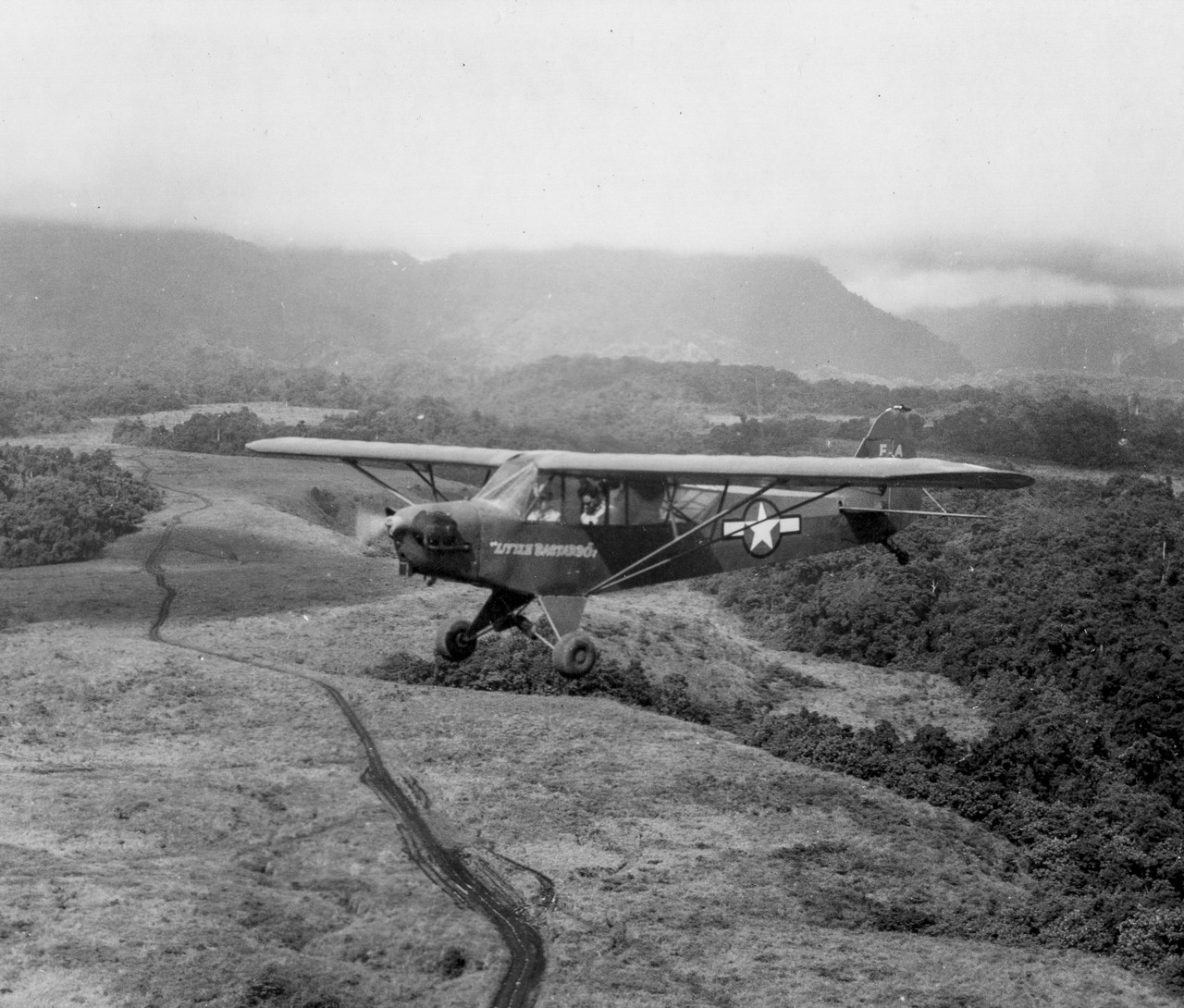As rain fell from the sky, the Canadian soldiers of the Irish regiment managed to break through German lines towards Heveskesklooster in the night of 27 to 28 April 1945. The next day, they ran into a defence system consisting of three rows of barbed wire, trenches, bunkers, and mines. Under heavy German fire, Canadian pioneers forced a breach in the barbed wire barrier, allowing them to gain ground and eliminate the German positions. Although they had been noticed by the German forces, they were left undisturbed for strategic reasons. The German forces' plan succeeded: they surprised them by suddenly opening fire, and although the Canadian soldiers defended themselves fiercely, they couldn't move or get any further. An additional difficulty was that the radio communications were extremely poor, making coordinated actions impossible.
In the course of the day, several attempts to establish radio contact with the leading company failed and the situation became serious. The alarm was sounded and Captain Walker, an artillery air sighting officer, immediately volunteered to track down the company and begin coordinating the artillery fire. The small and unarmed Auster V reconnaissance aircraft departed from Eelde and flew at a speed of approximately 200 kilometres per hour to the company's last specified location in the vicinity of Heveskes. At an altitude of only over 100 metres, Captain Walker looked with the naked eye from the cockpit at the missing unit.
Then, south of Heveskes, Captain Walker spotted activity: hundreds of German soldiers moving south through the fields, in combat position and from Heveskes. A German counterattack! Meanwhile, dozens of shells fly from the many barrels of the Flak (anti-aircraft) guns in the area. Most German forces noticed the slow-flying aircraft, and the nearby flak battery Fiemel began firing 12.8cm shells at the small aircraft. The German naval artillerymen continued firing fanatically, but could not hit the small aircraft. The plane must have been rocked back and forth many times by the explosions. Nevertheless, it continued to fly above Heveskes for half an hour to pass on the much-needed information about the unit to the Canadian artillery near Wagenborgen, in order for them to resume artillery support. Salvos (simultaneous discharge of artillery or firearms) from the Canadian artillery, deployed near Wagenborgen, ended up between the German forces in positions around the company.
After half an hour the radio broke down on board the aircraft. Walker had meanwhile seen on the ground that a heavy German machine gun, well positioned and concealed, was firing at the company. The machine gun fire was so good that nobody could move, forcing them to lie flat on the ground. The Auster then performed a mock attack against the well-placed machine gun nest. In a swooping descent, the slow aircraft flew straight towards the position of the German soldiers. The crew of the machine gun was so frightened by this that they briefly fled from the weapon, afraid of bombs. This was repeated one more time and meanwhile the Canadian soldiers advanced to the position, taking over the heavy machine gun before the German soldier could return. The Auster then flew back to Eelde airfield. Back at the airfield, Walker reports the positions of the German forces still attacking at that time. He was later awarded a high medal for this action.
